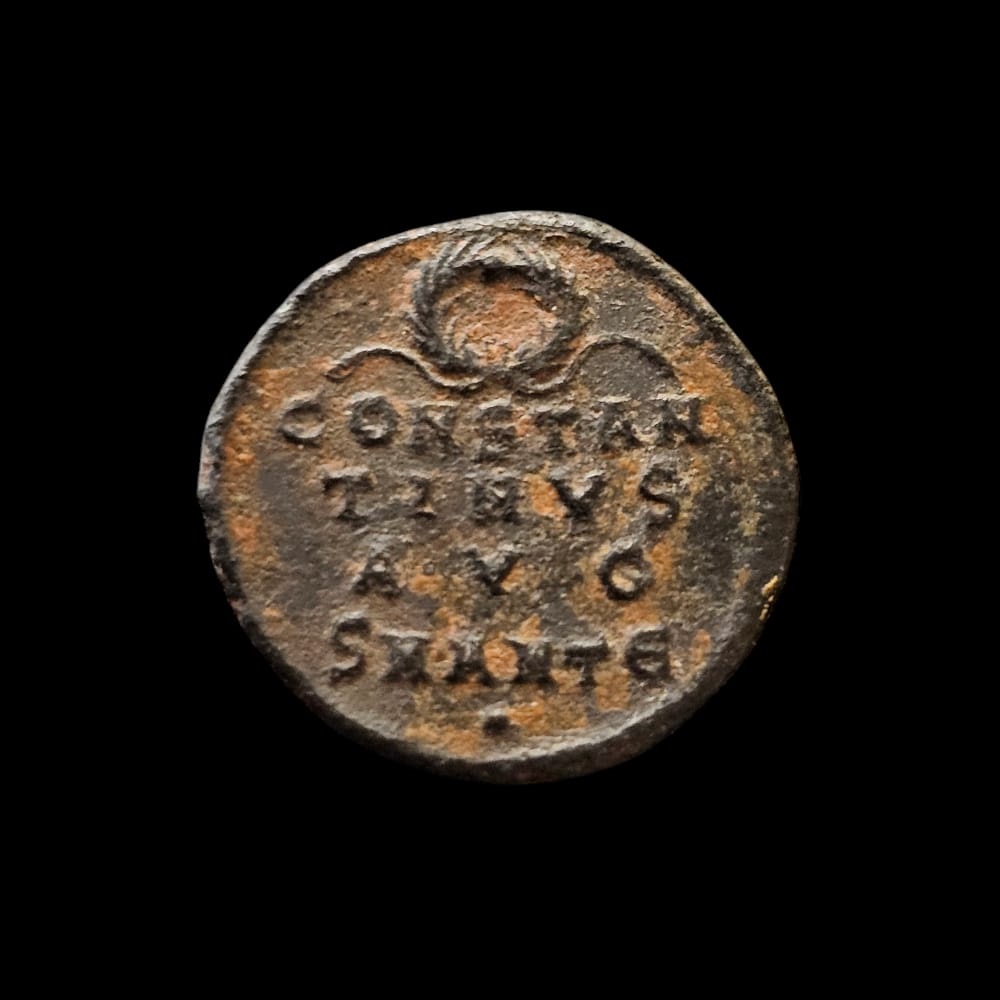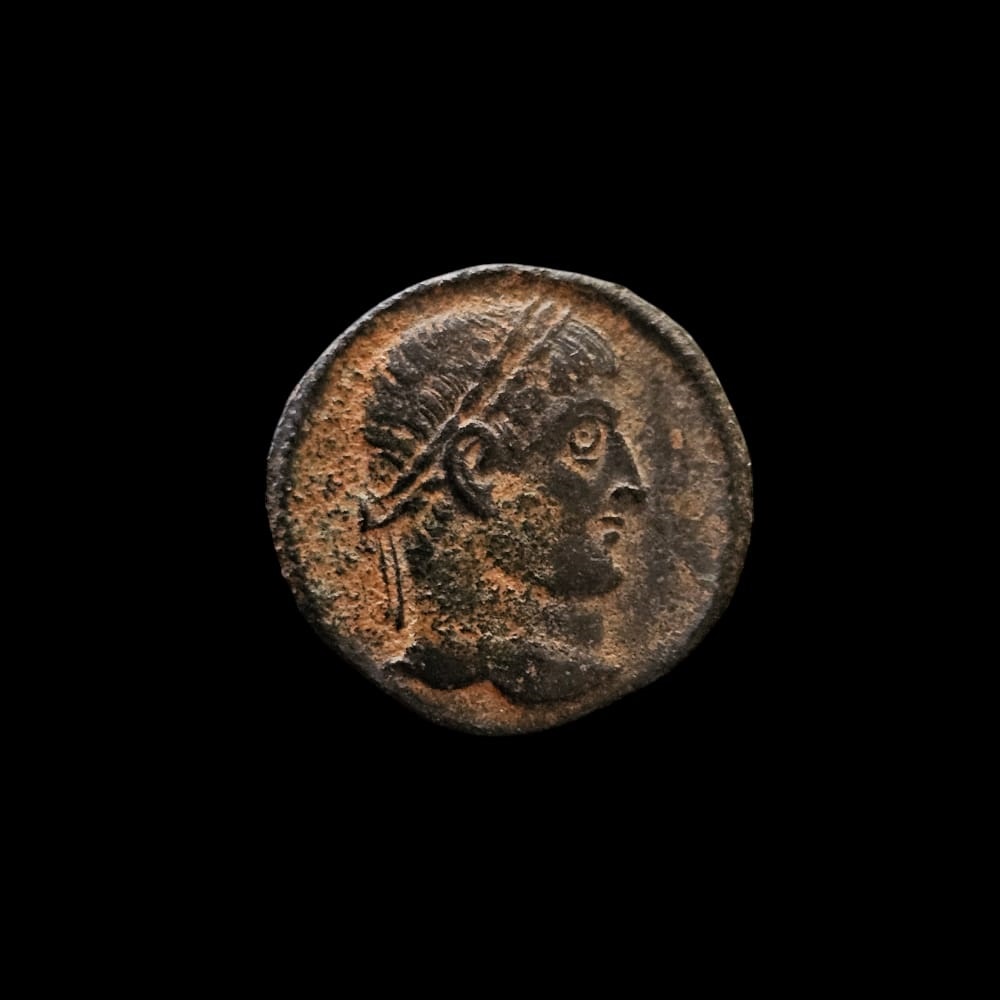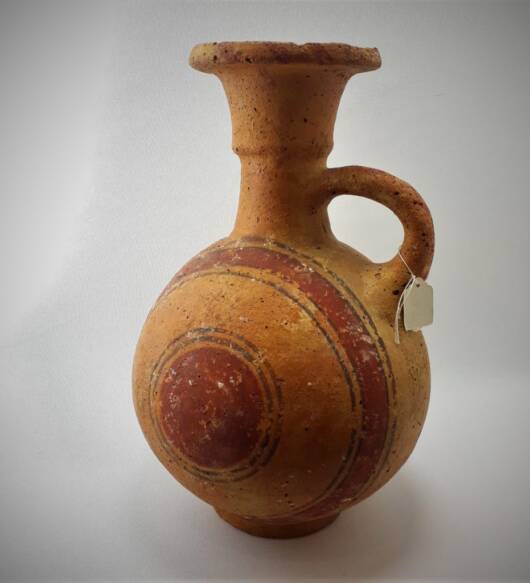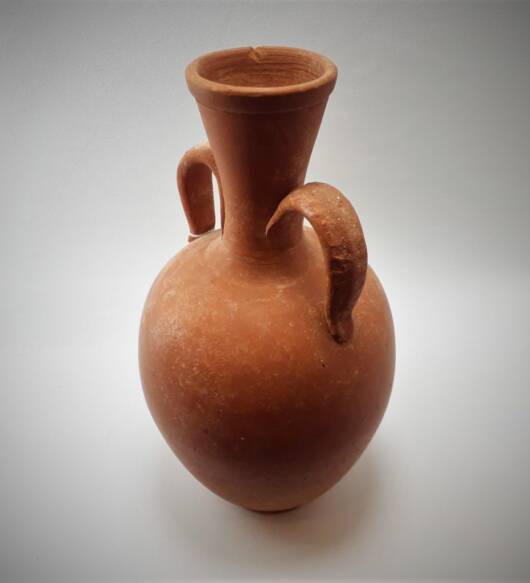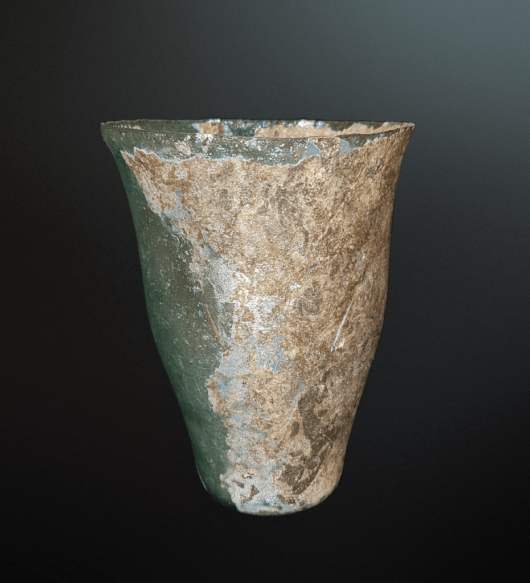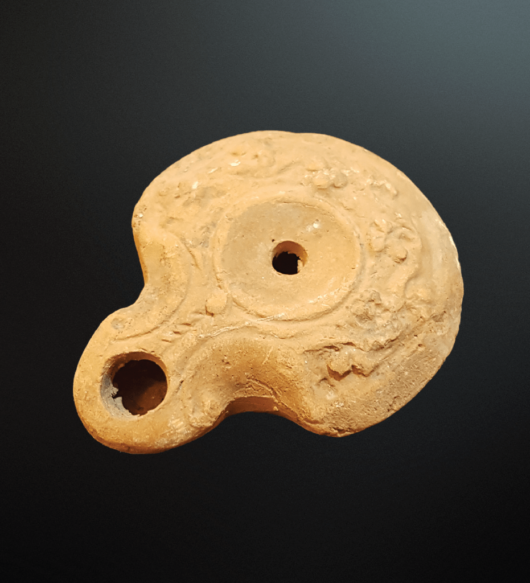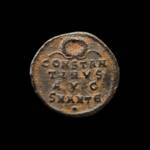Description
Description
Roman Imperial
Constantine I the Great AD 306-337. Antioch
Follis Æ
obv: Laureate head right
Constantine I the Great AD 306-337. Antioch
Follis Æ
obv: Laureate head right
Rev: CONSTAN/TINVS/ AVG/ SMANTA in four lines with wreath above and pellet below.
RIC 57.
Constantine I, commonly known as Constantine the Great, was a Roman emperor who ruled from AD 306 to 337. He was born on February 27, AD 272, in Naissus (modern-day Niš, Serbia). Constantine’s rise to power came after the death of his father, Constantius Chlorus. He emerged as the sole ruler of the Western Roman Empire in AD 312 after defeating his rival Maxentius at the Battle of the Milvian Bridge. Constantine is best known for his religious and political reforms. In AD 313, he issued the Edict of Milan, granting religious tolerance to Christians and ending the persecution of Christians in the Roman Empire. He later became a patron of Christianity and played a significant role in its establishment as the state religion. Constantine also initiated administrative and military reforms, including the foundation of Constantinople (modern-day Istanbul) as the new capital of the Eastern Roman Empire in AD 330. His reign marked a crucial turning point in Roman history, as he laid the foundation for the Byzantine Empire and established Christianity as a dominant religion in the Roman world. Constantine the Great is remembered as one of the most influential and significant Roman emperors in history.
RIC 57.
Constantine I, commonly known as Constantine the Great, was a Roman emperor who ruled from AD 306 to 337. He was born on February 27, AD 272, in Naissus (modern-day Niš, Serbia). Constantine’s rise to power came after the death of his father, Constantius Chlorus. He emerged as the sole ruler of the Western Roman Empire in AD 312 after defeating his rival Maxentius at the Battle of the Milvian Bridge. Constantine is best known for his religious and political reforms. In AD 313, he issued the Edict of Milan, granting religious tolerance to Christians and ending the persecution of Christians in the Roman Empire. He later became a patron of Christianity and played a significant role in its establishment as the state religion. Constantine also initiated administrative and military reforms, including the foundation of Constantinople (modern-day Istanbul) as the new capital of the Eastern Roman Empire in AD 330. His reign marked a crucial turning point in Roman history, as he laid the foundation for the Byzantine Empire and established Christianity as a dominant religion in the Roman world. Constantine the Great is remembered as one of the most influential and significant Roman emperors in history.


